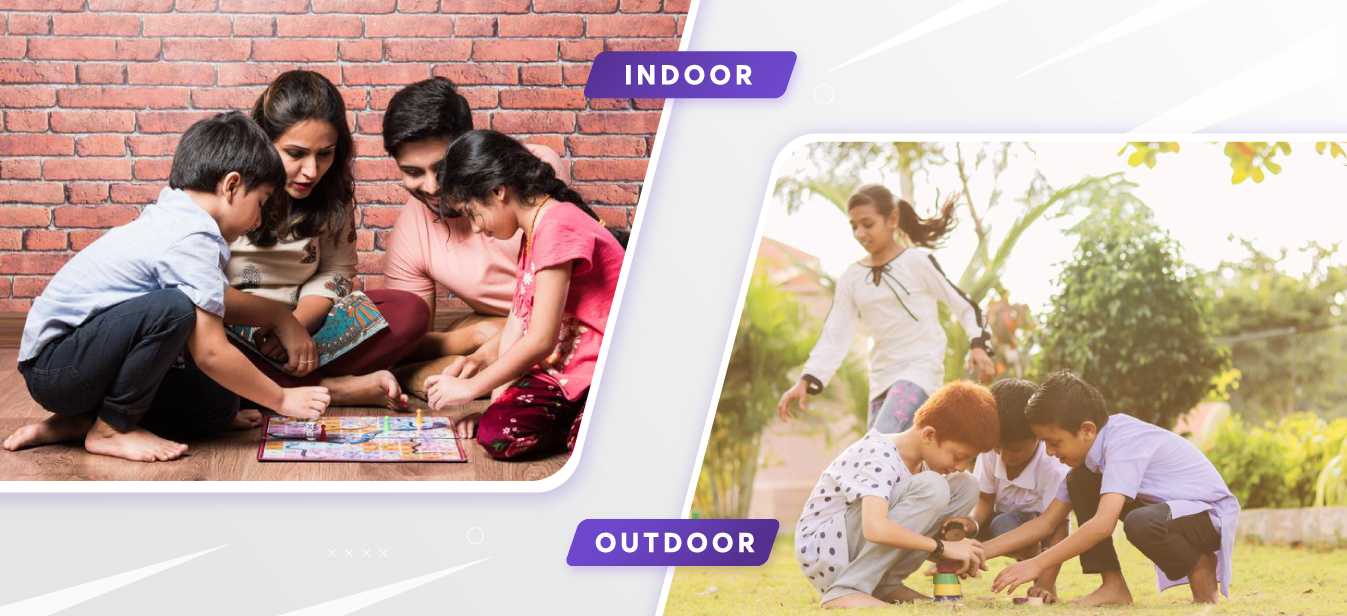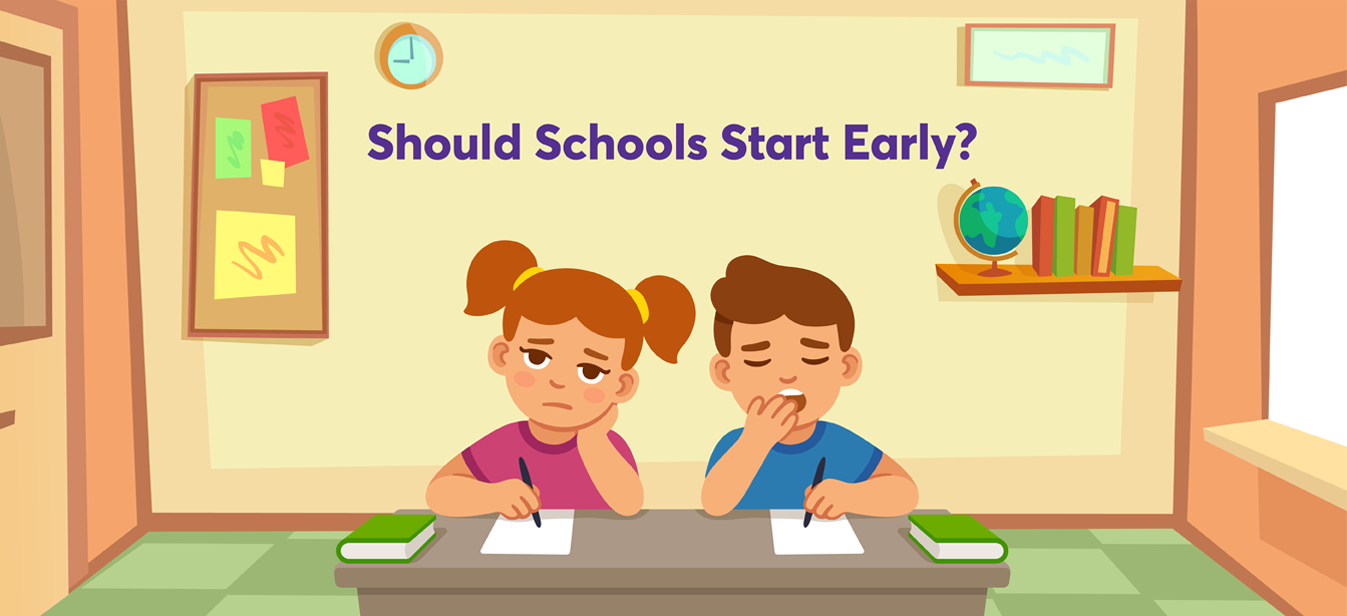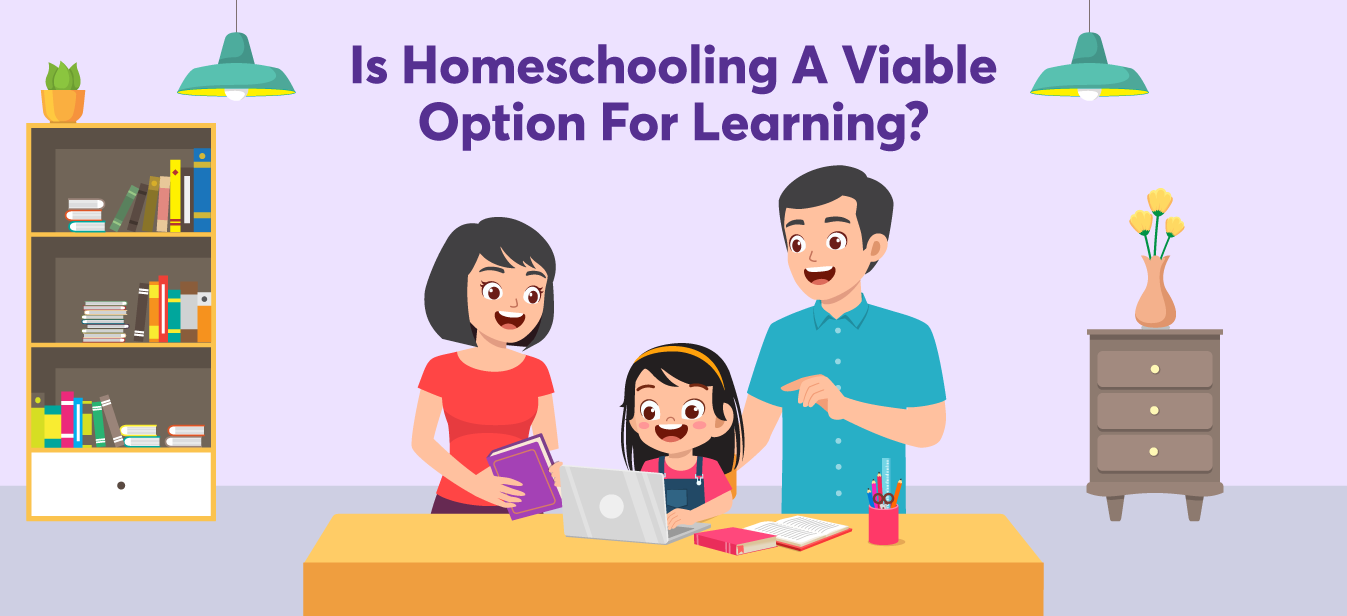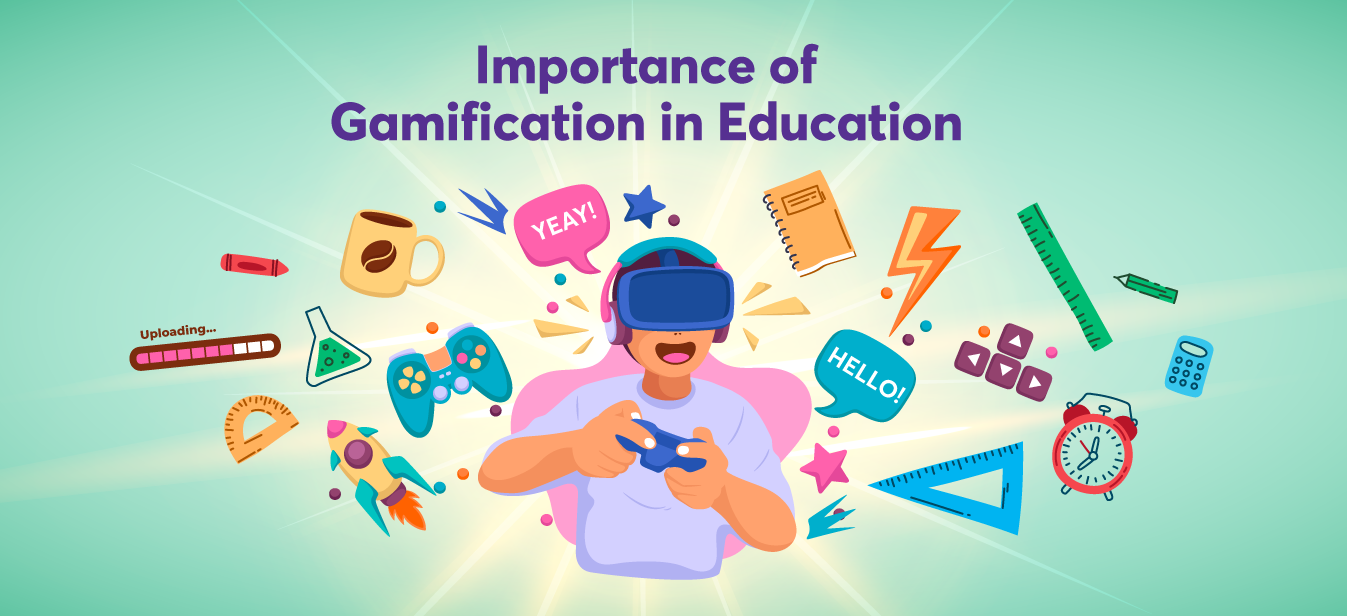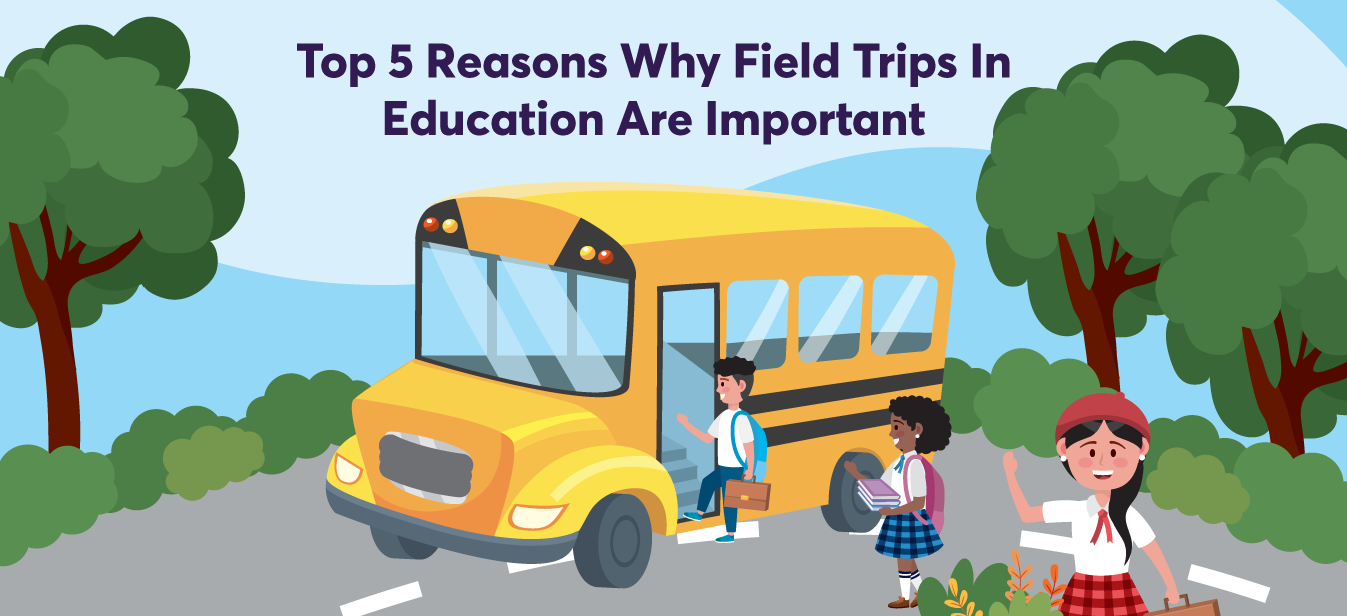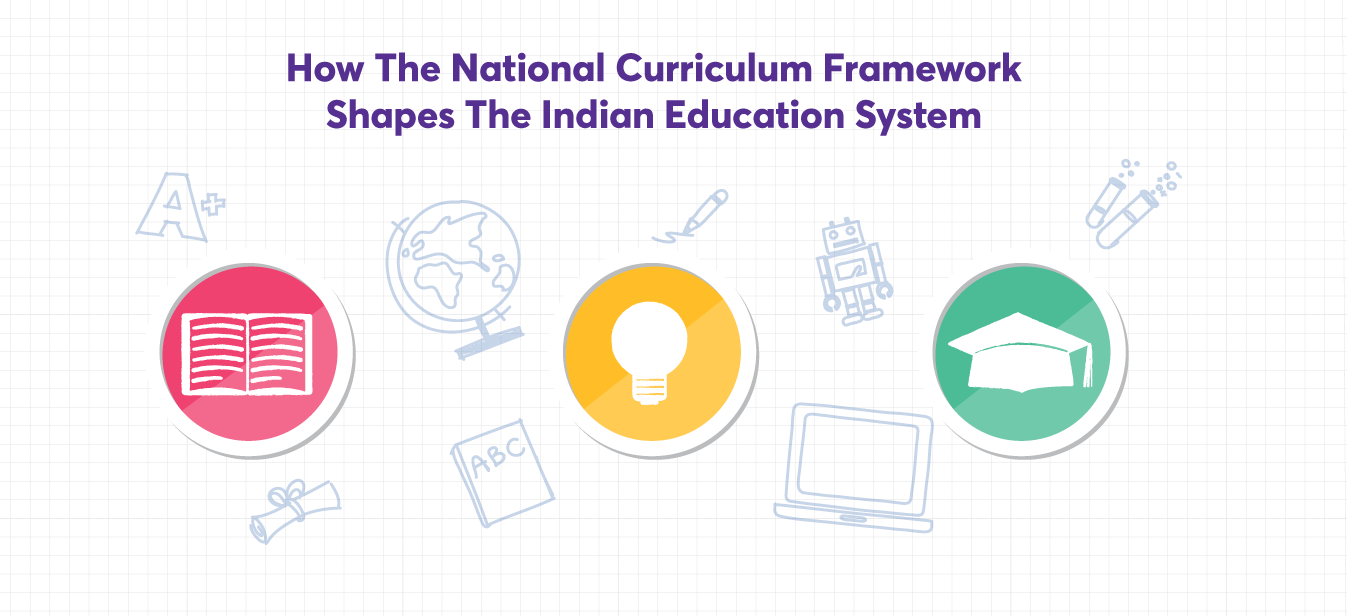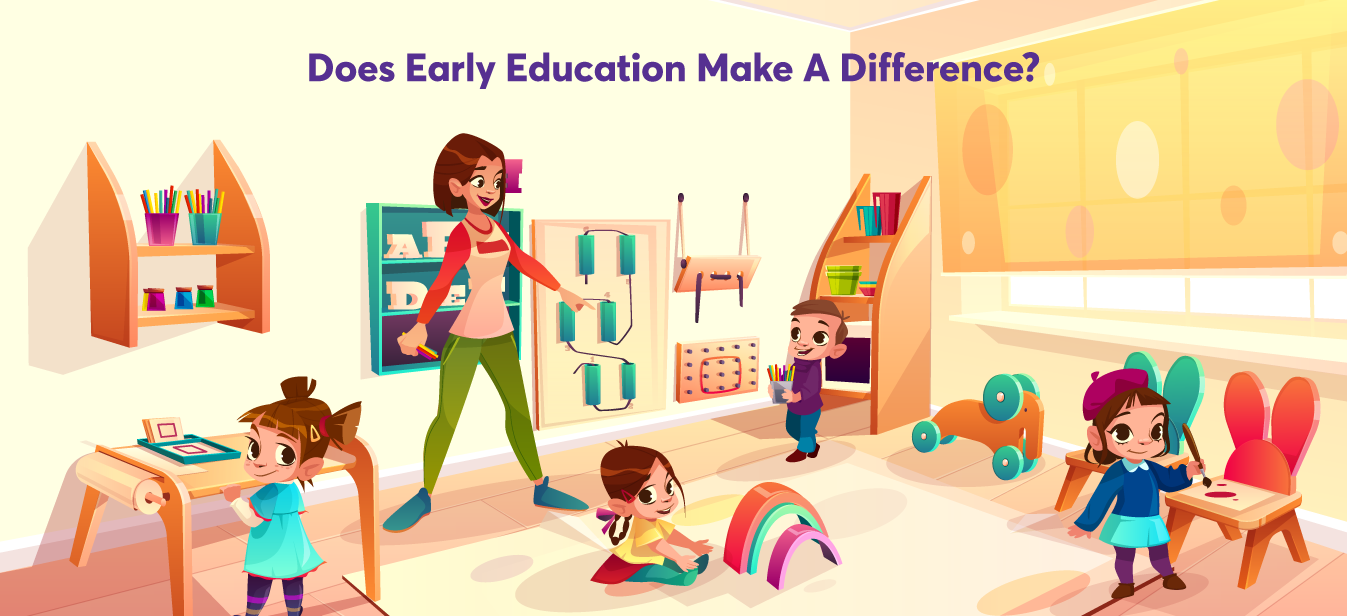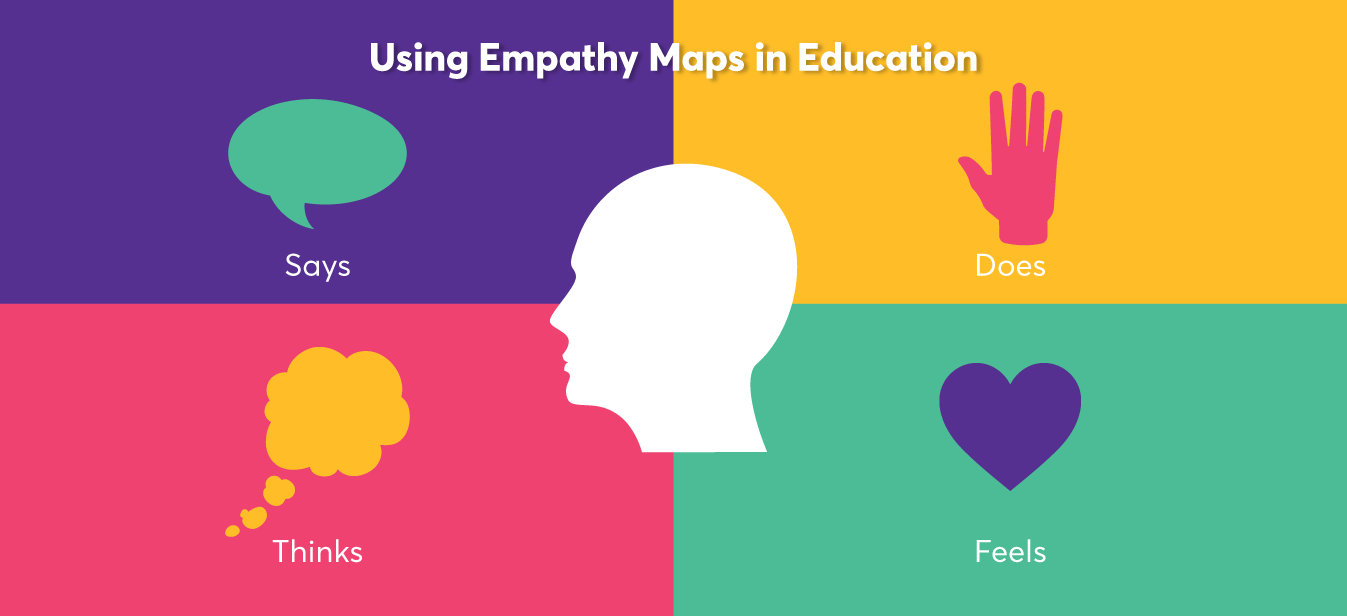Play is a child’s first teacher, and there’s no measure of the benefits that play has on children. Teachers and parents strive hard to engage children in a myriad of games that build a child’s physical, mental, and cognitive strengths. Through play we can teach children real-life skills like problem-solving, decision-making, motor-development, spatial, coordination, and communication and negotiation skills. There’s a lot for teachers and parents to handle around children, and that’s why we’re here to help with creative play ideas.
🎨Painting
All we need is some child-safe paints, clean canvases, and children dressed in their paint bibs. This can be done indoors as well as outdoors, depending on the weather. Painting lets a child’s creativity flow, learn visual expression, spatial intelligence, and colour recognition. This activity is rather fun when toddlers do it in groups.
🧩Puzzle Time
Have that big puzzle handy? Let’s make some good use of it. Children can be actively engaged for a long time, while the parents enjoy some quiet time that can be productively used. Puzzle time is indeed a great indoor game that encourages motor-skills, hand-eye coordination, finger strength, problem-solving skills, and decision-making among toddlers.
🦆Duck, Duck, Goose
This classic outdoor game never gets old. Children sit in a circle while one child walks around the outside, tapping each child on the head, saying “duck.” They get to choose one child and say “goose,” and the chosen “goose” chases them around the circle. This outdoor game keeps the children alert, while also promoting some much-needed physical activity.
🐼Animal Charades
This indoor game has many benefits. The kids can be divided into groups, and can mimic animals while other teams can guess the animal. This game not only teaches our child more about animals but enables teamwork with children, gives them courage to perform publicly, and builds confidence. Teachers can also turn this activity into a classroom game.
✋Sensory Play
This is a perfect outdoor game for children who love to explore their senses. Set up a sensory table or bin, fill it with sand and mix various textured-materials for children to explore. Also provide scoops and cups for exploration and play.
🙎🏻Follow the Leader
Build confidence among children with this unique outdoor game.Toddlers take turns being leaders, and the rest copy their movements and actions. Outdoors make a perfect environment for children to play this game; they may need space and a myriad of props for their actions. Creative play activities like this can groom children with many essential skills in a fun and engaging way.
🔎Scavenger Hunt
This is an absolute winner in outdoor and indoor games! Didn’t we all love playing this game as kids? The game makes children curious, promotes critical thinking, problem-solving, decision-making, and imparts many more essential skills. Create a simple scavenger hunt in your backyard or park. Provide toddlers with a list of items to find, and leave some smart clues. This is one of the best games to play with friends.
Games can be fun for both kids and parents when timed right. Hope this read of indoor and outdoor games made planning your playdates easy, leaving you more time to focus on other chores.
Bottomline
Play provides many opportunities for children to grow and learn essential skills that no academic practice could teach. Square Panda believes in creating a holistic learning environment for children to thrive in and we ensure we make learning engaging and fun.

